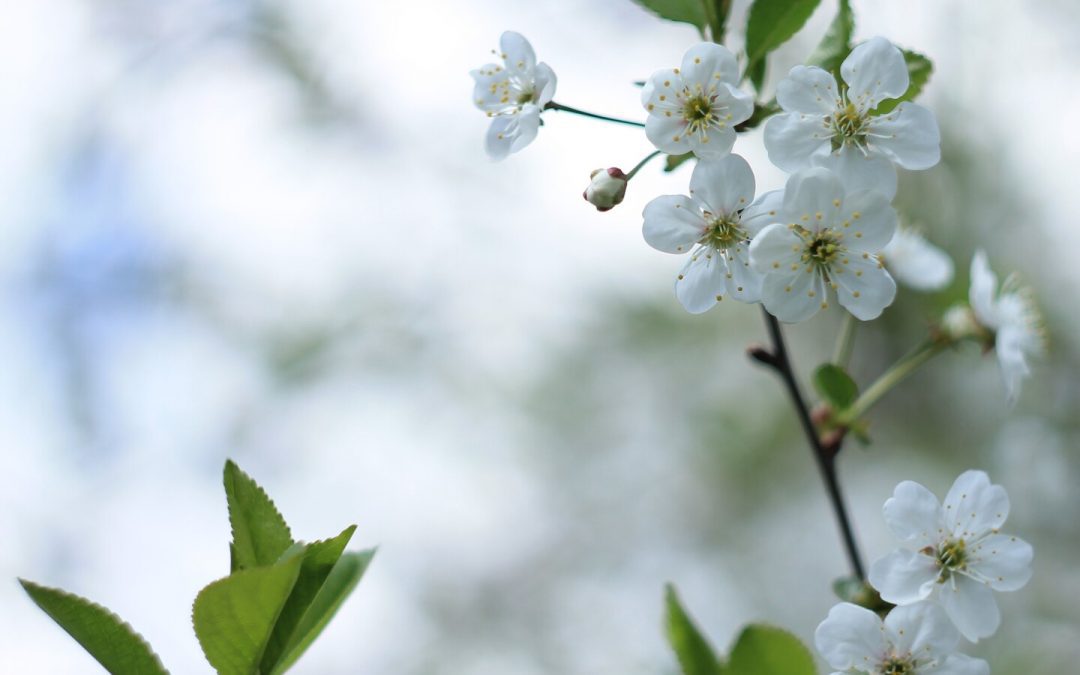Did you know that a few good Spring landscaping tips can not only boost your home’s aesthetic, but your bank account balance, too?
Yes, you read that right! Studies show that beautifully landscaped properties have up to a 15% price advantage over other homes. That’s up to up to $45,000 on a $300,000 property.
Whether or not you’re thinking of selling your home soon, landscape design is a surefire way to invest in your future. Plus, the planning and implementing processes can also provide value in the areas of creativity and comfort.
So how can you take advantage of the benefits of landscape design? Well, you’re in the right place at the right time to do just that.
The winter months are perfect for laying out your spring landscaping plan. Below, our Sarasota Landscaping experts have outlined some of the most important things to remember.
Read on to learn 9 essential Spring landscaping tips.
1. Implement Landscaping Tips Early
Getting on top of your spring landscaping is important more this year than ever before.
Global supply chain issues and worker shortages due to Covid-19 have disrupted product and service availability across a host of home-improvement sectors, and landscape design is no different.
Making a spring landscaping plan during the winter months is your best defense against widespread disruptions. If you’re reading this article, you’re in the right place! Plan ahead and make arrangements for obtaining products and services well before the weather turns warm.
2. Consider Location When Selecting Greenery
As you plan for the spring and begin to make decisions on which plants you’ll be adding to your landscape design this year, do so with location in mind.
Knowing your hardiness zone is especially important if you are interested in growing flowers, shrubs, and trees that survive year after year without replanting. Making the mistake of planting outside your climate zone can cost you lots of time and money.
If you’re not sure which zone you live in, check out the U.S. Department of Agriculture’s free Plant Hardiness Zone Map. The map is interactive and can provide you with valuable information to help you choose plants that are best for landscape design in your area.
3. Sow Seeds With Longer Seasons
Regardless of your area’s hardiness zone, some of your plants will inevitably have longer growing seasons than others, and therefore will need to be planted earlier than the weather in your area allows. Even perennials do best when planted in spring and fall, so starting them out early in a controlled, indoor environment is a good idea.
To sow seeds, you’ll need a seed planter and some quality soil to get started. This beginner’s guide to sowing seeds can help.
4. Clear Out Debris
No matter what plans you have for spring landscaping this year, you won’t get very far if you’re working in a garden filled with debris.
Whether you have big plans for new landscape lighting this year or just some basic landscape design, you’ll definitely want to start with a clean slate. This means raking out dead plants and leaves, weeding your garden, and cutting back damaged branches.
5. Clean Up Your Hardscapes
Hardscapes should be part of the clean-up process, too.
Not only is it important to actually clean the hardscape with a hose or power washer, it is also important to clean up any growth in and around your hardscape. After all, letting weeds get out of control can damage and even completely deteriorate your beautiful hardscape over time.
6. Check on Irrigation Systems
As you begin to tackle some of the gardening tasks we have discussed so far, you’ll want to remember to check on the actual systems that keep your plants alive in the warmer months-your irrigation systems.
Irrigation systems can suffer damage from irregular use in the cooler months. Whether you have misters, sprinklers, or a drip system, check them out by turning each on full blast and letting it run for several minutes.
7. Organize Gardening Tools
While it might seem simple, this early spring landscaping tip often gets overlooked.
Remember last year when you just could not keep track of that darn trowel? Why not use this pre-season time to organize your tools?
Doing so will ensure that each has a home and you know where to find it when spring does roll around. Early organization can also call attention to anything you might need to replace.
8. Plan for Unexpected Chilly Weather
Planning for unexpected temperature dips is especially important when planting annuals, since you don’t want your plants to get caught in a killer chill.
The National Centers for Environmental Information offers this handy climate tool to help you easily track average high temperatures, low temperatures, and precipitation levels in your area.
The rule of thumb with this tip is to always play it safe. When you think the lower temps have left for good, give it another week, just to be sure.
9. Tend to Soil and Replenish Mulch
Turning your soil and adding new mulch are processes that should take place once per year, and early spring is a great time to do it. Turning over your soil helps to eliminate insect eggs that are hiding under the surface, leading to lower numbers of summer pests and creating a rich environment for new growth.
Like soil, mulch is a key ingredient to a healthy garden. It helps create a protective layer between your plant’s roots and the outside world, blocking out sunshine that weed sprouts need to grow, and preventing invasive seeds from blowing through and taking root.
Let Us Help You!
If these early spring landscaping tips sound like a lot, don’t worry-we can help! Here at Sarasota Landscaping, our experts are ready to help you with everything from landscape design planning to spring planting and landscape renovations.
Don’t forget the importance of planning ahead! Contact us today for a consultation on your spring landscaping plans.

